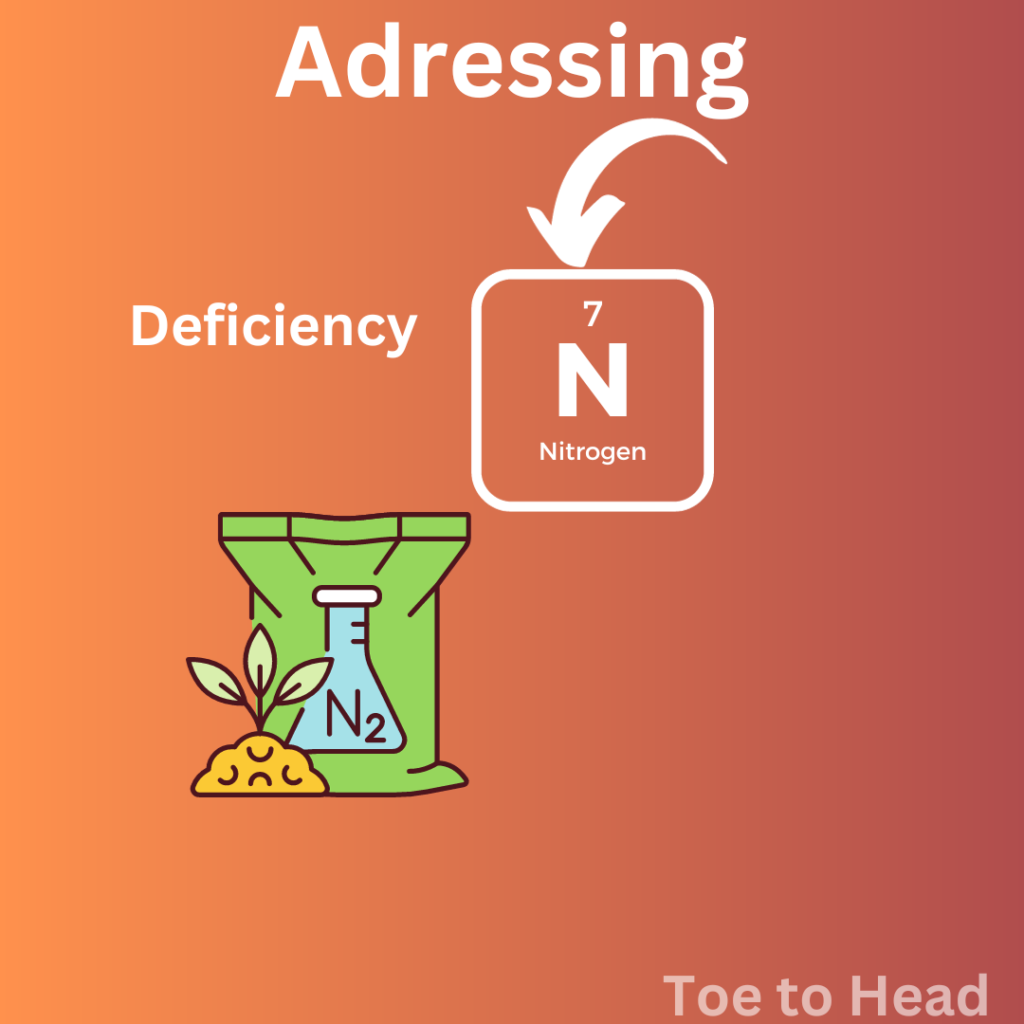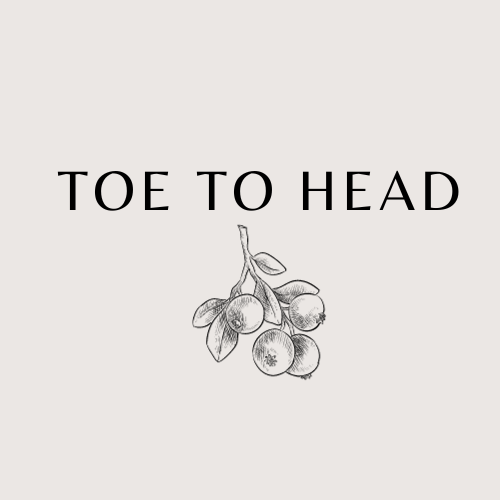Introduction:
To grow cannabis plants that are healthy and do well, you need to know exactly what nutrients they need. Not getting enough nutrients can stop your weed crop from growing, lower its yields, and hurt its health in general. This detailed guide will go into great detail about cannabis nutrient shortage, including what causes it, how to spot the signs, and effective ways to make sure your plants reach their full potential.
Understanding Cannabis Nutrient Deficiency
Nutrient deficiency in cannabis happens when the dirt or hydroponic solution doesn’t have enough of the elements that plants need to grow. Nitrogen, phosphorus, potassium, magnesium, calcium, sulfur, iron, manganese, zinc, copper, molybdenum, and boron are some of these elements. Each mineral is important for the plant’s growth in its own way, and if the levels are off, problems can show up right away that need to be fixed.
Causes of Cannabis Nutrient Deficiency
Cannabis trees can be nutrient deficient for a number of reasons. Poor soil quality, inaccurate pH levels, too much fertilizer, or not enough feeding at the right times are typical causes. To avoid nutrient deficiencies, it’s important to know what your cannabis strain needs and keep the growth conditions at their best.
Identifying Symptoms of Nutrient Deficiency
To take care of problems quickly, it’s important to know the signs of nutrient shortage. Different nutrients cause different symptoms, but some of the most common ones are leaves turning yellow or brown, growth stopping, leaves bending, and leaves with strange shapes. By keeping a close eye on your plants, you can find nutrient shortages early and fix them.
Addressing Nitrogen Deficiency

Cannabis often doesn’t have enough nitrogen, which is one of the most common nutrients it needs. Nitrogen shortage is shown by leaves turning yellow from the base of the plant up. To fix the imbalance, a balanced fertilizer with a higher nitrogen ratio is needed.
Solutions and Prevention
Maintaining ideal growing conditions, such as proper pH levels, well-aerated soil, and a well-thought-out feeding plan, is important to avoid nutrient deficiency. Testing the dirt on a regular basis can help you find problems before they become obvious. Choosing the right fertilizer and making sure the plant absorbs nutrients properly can also lower the risk of shortages.

Can cannabis recover from nutrient deficiency?
Yes, cannabis can heal from not getting enough nutrients if the right help is given quickly. Once the root cause of the deficiency is found, changes to the plant’s food, the pH of the soil, or the schedule of its eating can help it get healthy again. To keep long-term affects on growth and yield to a minimum, it’s important to fix the deficiency as soon as possible.
How do you diagnose cannabis plants with a deficiency?
To tell if weed is lacking in nutrients, you have to carefully look at the plant’s physical signs. Leaf discoloration or yellowing, slow growth, and leaves with strange patterns are all typical signs. Along with knowing exactly what nutrients the plant needs, growers can spot shortages early by doing regular visual checks. Using soil testing kits can also give you numbers about the amounts of nutrients.
What are the first signs of nutrient burn in cannabis?
When cannabis plants get nutrient burn, the tips of the leaves start to turn brown or look burned. This situation happens when plants get too many nutrients, which causes salts to build up in the soil. Nutrient burn can be fixed by changing the content of the nutrients and making sure the plants get enough water.
What does nitrogen deficiency in cannabis look like?
Cannabis plants show yellowing of the lower leaves from the tips all the way up to the stem when they don’t get enough nitrogen. The leaves might look light green or pale. If there isn’t enough nitrogen in the soil, it’s important to add a balanced fertilizer with more nitrogen and change the pH of the soil.
What are the first signs of nutrient lockout?
A rapid drop in plant health, slower growth, and yellowing leaves are all early signs of nutrient lockout. Nutrient lockout happens when pH levels aren’t balanced and the plant can’t take in necessary nutrients, even if they are in the soil. Keeping an eye on the pH level and making sure it stays in the right range can help stop nutrient blockage.
What is the most common nutrient deficiency in cannabis?
One of the most common nutrient deficits in cannabis is a lack of nitrogen. Nitrogen is important for many bodily functions, like respiration and plant growth in general. Keeping an eye on the nitrogen levels and using a well-balanced fertilizer can help stop and fix this common problem in weed growing.
Conclusion
Cannabis growers often have problems with their plants not getting enough of certain nutrients. But if you take action and know what your plant needs, you can make sure your crops are healthy and productive. Taking care of problems early on and taking precautions will help you have a good and plentiful cannabis harvest.



